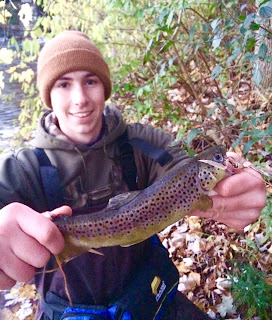Species Spotlight: Indian Peafowl
Alex Levitskiy
This week’s featured species is simply a classic: the Indian Peafowl (Pavo cristatus). They are well-known throughout the world for their elaborate plumage. Some adore them, while others fear them, but in reality, Indian Peafowl are wonderful birds. The males have an iridescent blue head and neck, white facial skin, a fan-shaped crest, a backplate covered in scale-shaped feathers of green and gold, wings adorned with a pattern of black and white tones, and finally the long train. The train, although commonly mistaken as the tail, is the mass of over one hundred frilled feathers, each with either a dazzling ocelli, a brilliant curved sword feather, or the typical "V-shaped" feathers that line the perimeter of the open train. The tail is actually the set of feathers underneath the train that support it during displays. Clearly, the train is the most revered aspect of the peacock. When it is open during a mating display, the male uses his feathers to attract the hen by strutting around, rattling his feathers, and shaking his wings. Typically, the peahens are unfazed and continue foraging. The peahens are much more drab in comparison to the male, but they are still stunning. The majority of their body is feathers of varying shades of brown; however, they have iridescent green feathers on their neck, each with a white outline. Their head also bears white facial skin and a fan-shaped crest.
The above description only applies to the Indian Peafowl as they are found in the wild. In captivity, there is an enormous variety. There are many color mutations as well as patterns, amounting to over two hundred possible color varieties. Peafowl were kept in gardens as ornamental birds since Biblical times. These birds are readily available for aviculturists to buy; however, they do require extra care to keep them healthy. I will always have peafowl in my personal collection, as they are too stunning to simply take them for granted. Keep in mind that Peafowl, especially peacocks during breeding season in the spring, can get noisy. Nonetheless, if one loves peafowl, then they will come to love their vocalizations.
Photo Credit: Alex Levitskiy
Pic 1
Buford Bronze Blackshoulder Peacock
Pic 2
Opal White-eyed Peacock
Pic 3
Spalding Purple Pied Peahen in the foreground




